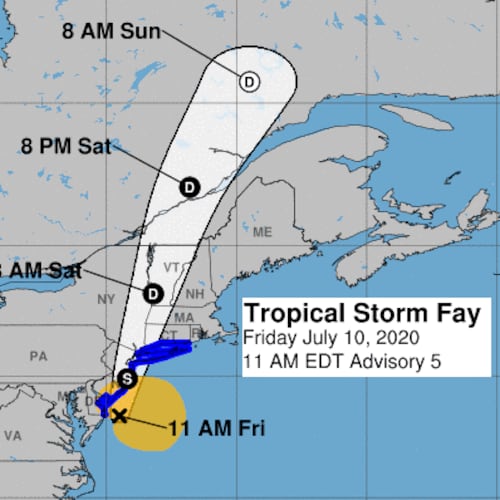The nation's unemployment rate fell to the lowest level since late 2000, as the Labor Department reported Friday that businesses added 164,000 jobs in April, bringing the jobless rate down to 3.9 percent, and setting a new record low for unemployment among African-Americans.
Even with the positive headline, it was a second straight month of basically moderate job growth, even after figures for March were revised up to reflect an increase of 135,000 jobs; so far, 2018 is averaging 200,000 jobs created per month, higher than the 177,000 monthly average in 2017.
The U6 rate - the broadest measure of unemployment, went down to 7.8 percent in April, the lowest figure since July of 2001.
The U.S. economy has not seen a negative month of job growth since September 2010.
Credit: Jamie Dupree
Credit: Jamie Dupree
But there were some mixed signals in the report as well, as the Labor Force Participation Rate dropped to 62.8 percent; that figure has been stuck around 63 percent for some time now, as a number of Americans have not been able to find a job for a chronically long period of time.
The size of the labor force - the number of people employed and/or looking for work - shrank for a second straight month, as 236,000 people dropped out in April, after a 158,000 decline in March.
Those figures were likely one reason for the drop in the overall unemployment rate.
The latest report estimated 5 million people are working part-time for economic reasons - in other words, they are unable to get a full-time job.
Those holding multiple jobs went up by 58,000 in April.
Credit: Jamie Dupree
Credit: Jamie Dupree
Even before the April jobs report was released, the President was talking up the economy.
Still, the job gains in April were well short of what economists have said for years - that monthly job gains of 300,000 were needed to overcome the negative impacts after the 2008 Wall Street Collapse.
About the Author
The Latest
Featured





